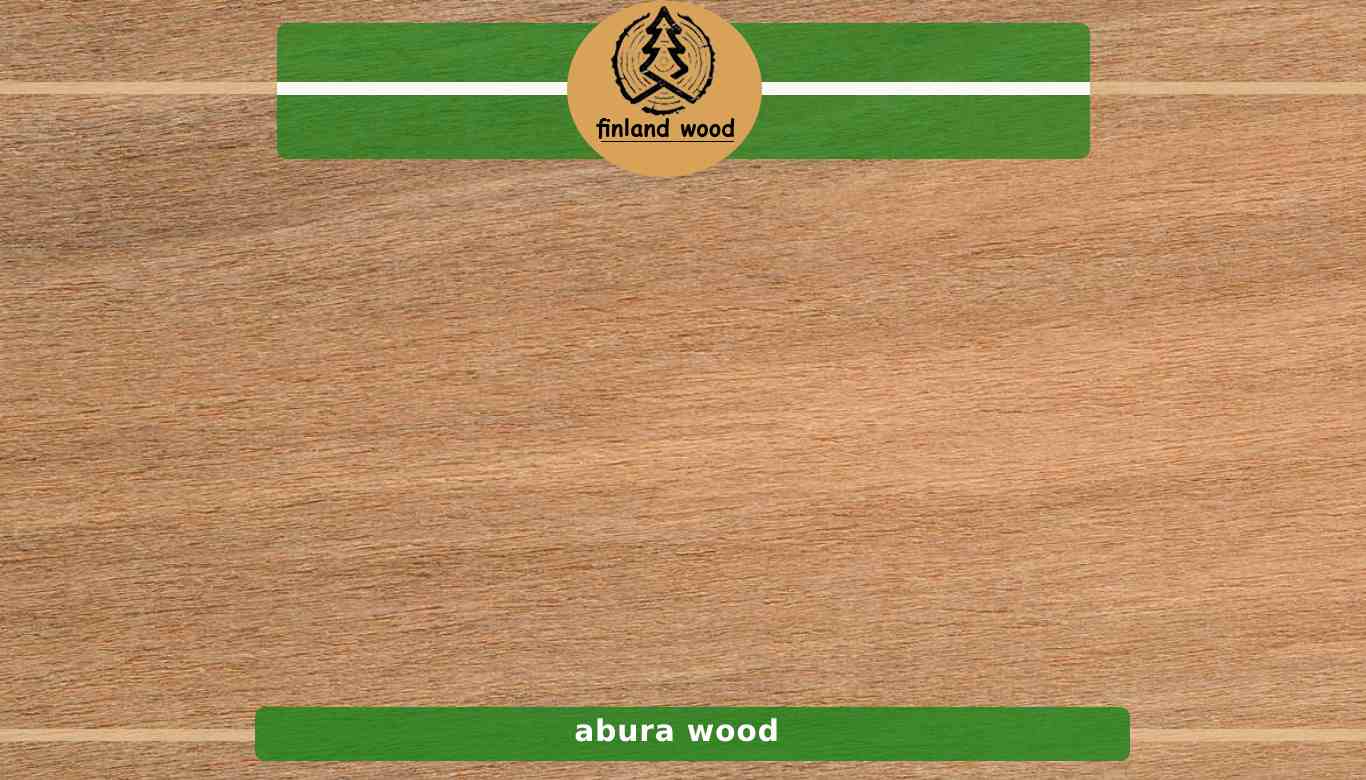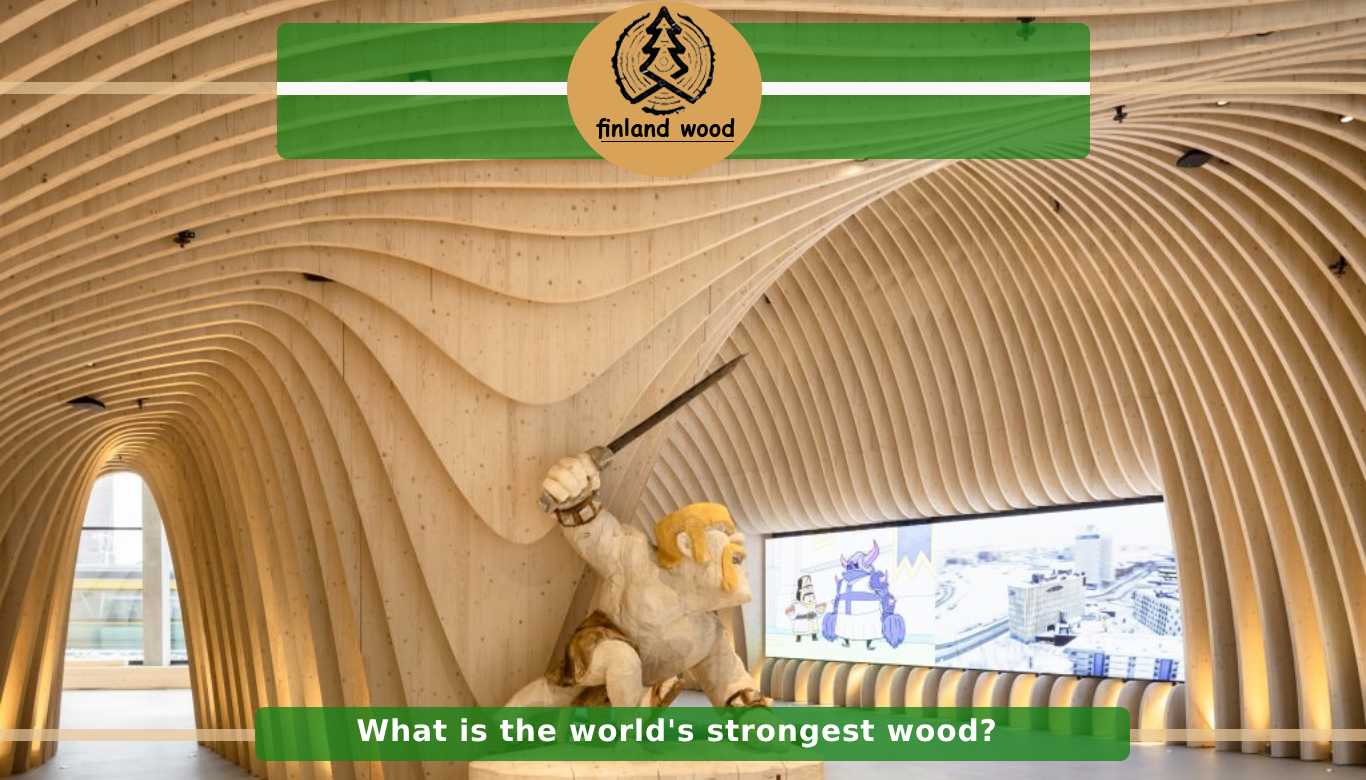Abura wood is a hardwood that is primarily found in West Africa. Here are some of its characteristics:
- Density: Abura wood is considered to be a medium-density hardwood, with a density of around 550-700 kg/m3.
- Color: The heartwood of abura wood ranges in color from a pale yellow-brown to a light golden-brown, while the sapwood is usually lighter in color. The wood often exhibits a nice luster.
- Texture: Abura wood has a medium to coarse texture, and the grain can be straight or interlocked. It is generally easy to work with, although the interlocked grain can sometimes cause tearing or chipping during planing.
- Durability: Abura wood is moderately durable and resistant to decay, although it is not as durable as some other tropical hardwoods. It is generally resistant to insect attack.
- Uses: Abura wood is commonly used for furniture, cabinetry, flooring, and other interior applications. It is also used for boatbuilding and exterior joinery, although its durability is not as high as some other tropical hardwoods.
Overall, abura wood is a versatile and attractive hardwood that is used in a wide range of applications.
abura wood flooring
Abura wood is a popular choice for flooring due to its durability, stability, and attractive appearance. Here are some characteristics of abura wood flooring:
- Durability: Abura wood is moderately durable and resistant to decay, making it suitable for use in flooring. However, it is not as durable as some other tropical hardwoods, so it may not be the best choice for high-traffic areas.
- Stability: Abura wood has good dimensional stability, meaning it is less prone to shrinking, warping, or cupping due to changes in humidity and temperature.
- Appearance: Abura wood has a pale yellow-brown to light golden-brown color and an attractive, lustrous grain pattern. It can be stained or finished to enhance its natural beauty.
- Installation: Abura wood flooring can be installed using either nail-down or glue-down methods. It is generally easy to work with, although the interlocked grain can sometimes cause issues during installation.
- Maintenance: Abura wood flooring requires regular maintenance, including sweeping, vacuuming, and occasional cleaning with a damp mop. It should also be refinished periodically to maintain its appearance.
Overall, abura wood flooring is a good choice for those seeking an attractive and durable hardwood flooring option. However, it may not be the best choice for high-traffic areas due to its moderate durability.
where does abura wood come from
Abura wood is primarily found in West Africa, specifically in countries such as Ghana, Ivory Coast, Liberia, and Nigeria. The tree that produces abura wood is scientifically known as Pouteria altissima, and it is a member of the Sapotaceae family. Abura wood is also sometimes referred to as “African satinwood,” although this name can also be used to refer to other species of wood.
Abura wood is harvested from mature trees that can reach heights of up to 40 meters. The wood is prized for its attractive appearance and versatility, and it is used for a variety of purposes including furniture, cabinetry, flooring, and boatbuilding. However, like many other tropical hardwoods, abura wood is subject to deforestation and overexploitation, so sustainable harvesting practices are important to ensure the long-term viability of this resource.
What color is Abura wood?
The heartwood of Abura wood ranges in color from a pale yellow-brown to a light golden-brown, while the sapwood is usually lighter in color. The wood often exhibits a nice luster. The exact color of Abura wood can vary depending on the specific tree and location where it was grown, as well as the age of the wood and how it has been processed. Overall, Abura wood is known for its attractive appearance and is valued for its warm, natural tones.
What is the scientific name for Abura tree?
The scientific name for the Abura tree is Pouteria altissima. It belongs to the Sapotaceae family, which is a family of flowering plants that includes many other important timber species. The Abura tree is native to West Africa, and its wood is highly valued for its durability and attractive appearance. It is used for a variety of purposes, including furniture, cabinetry, flooring, and boatbuilding. The tree can grow up to 40 meters in height and has a wide crown with dense foliage. It produces small, round fruit that are edible and have a sweet flavor.





